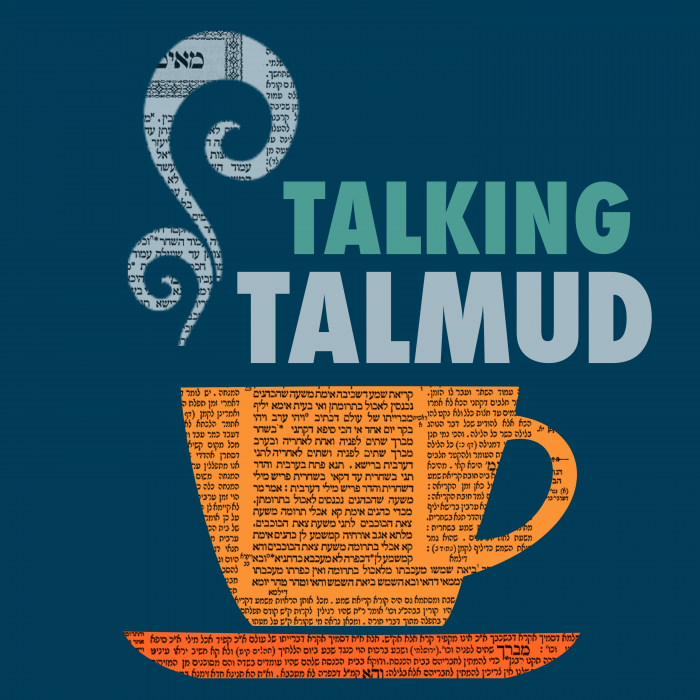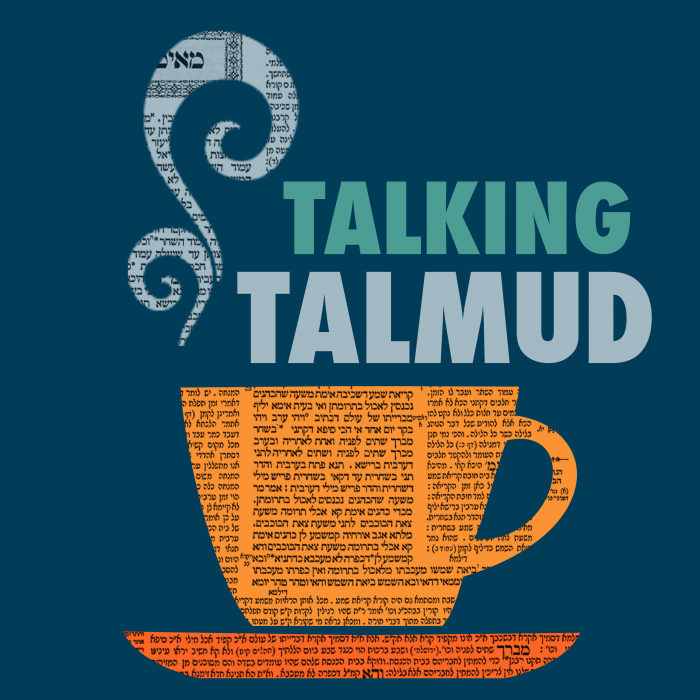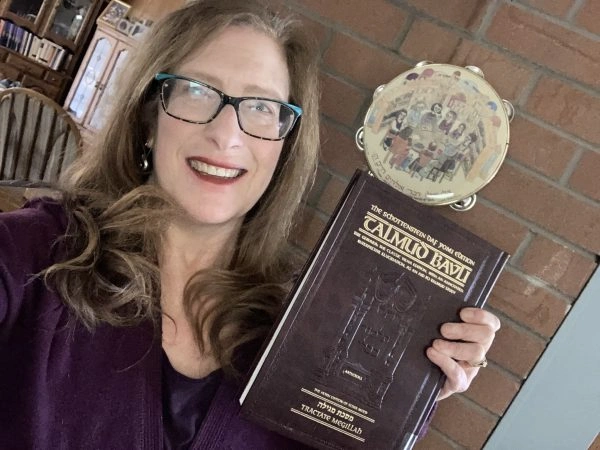Today’s daf is sponsored by Rabbi Lisa Malik in loving memory of her father, David Malik, David ben Aharon Tzvi Hersh v’Shayndel. “It is so fitting that we are also having the Siyum for Masechet Kiddushin & Seder Nashim on this day, because it was in my dad’s honor that I made the commitment to participate in this Daf Yomi cycle, while I was saying kaddish for him in 5780/2019-2020. The daily spiritual practice of Daf Yomi, which initially overlapped with my aveilut period, continues to keep my father’s memory alive. Thank you, Rabbanit Michelle, for your meaningful inspirational presence in my daily life- during times of personal and communal grief.”
What are the toladot, sub-categories, of each av, main category, of damages? Which one is the one that Rav Papa was referring to when he said that the toladot are not as strict as the avot. In the end, after going through all the possibilities, the conclusion is that he was referring to rocks that a kicked by the animal as he walks that caused damage – in that situation, one pays only half damages. Rav and Shmuel have two basic debates – one regarding an item left in the public domain – under what circumstances is it considered/not considered like a pit (bor)? Another debate is what is meant by mav’e mentioned in the Mishna.























